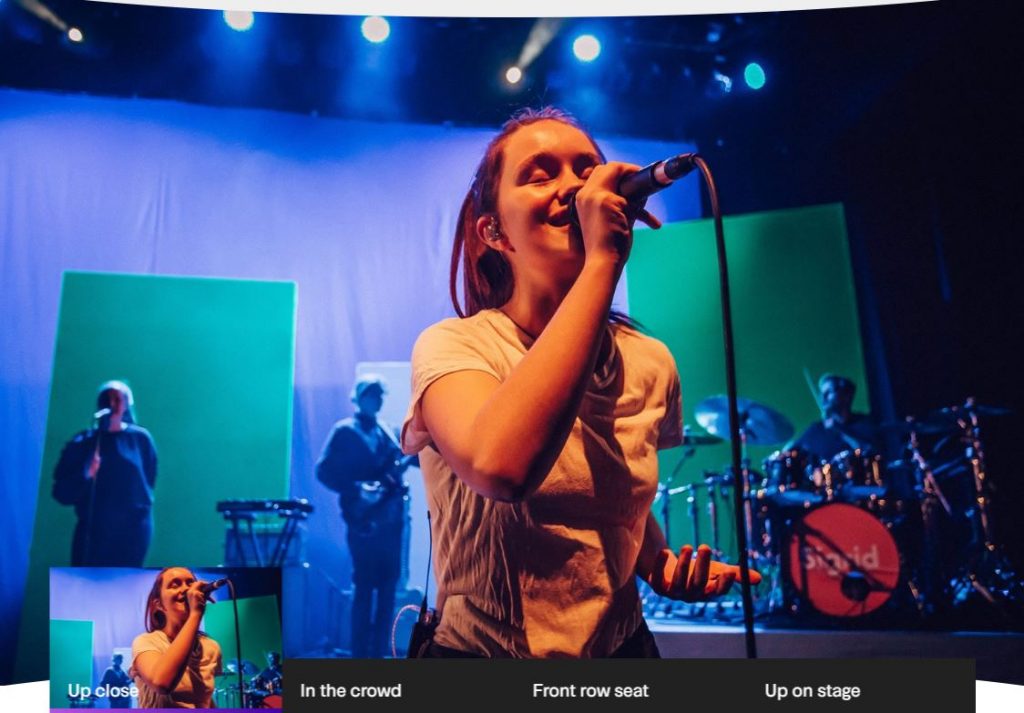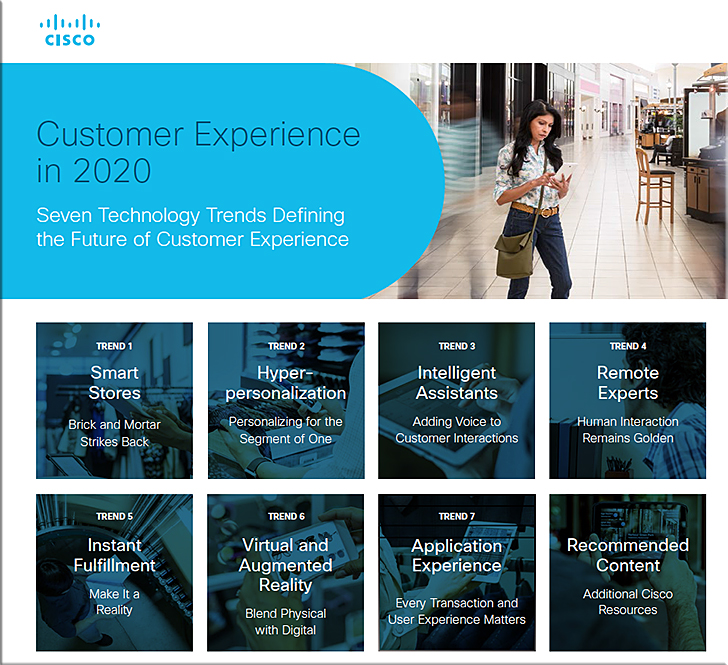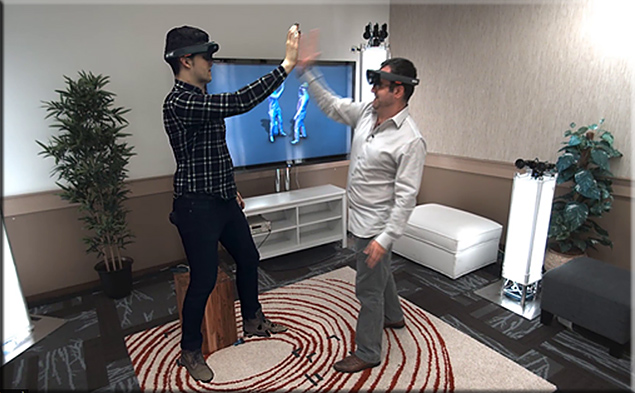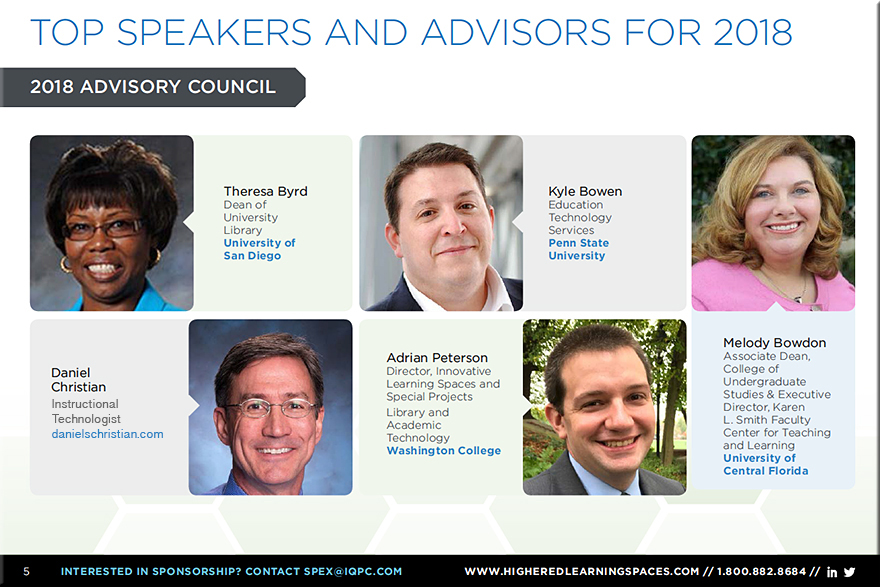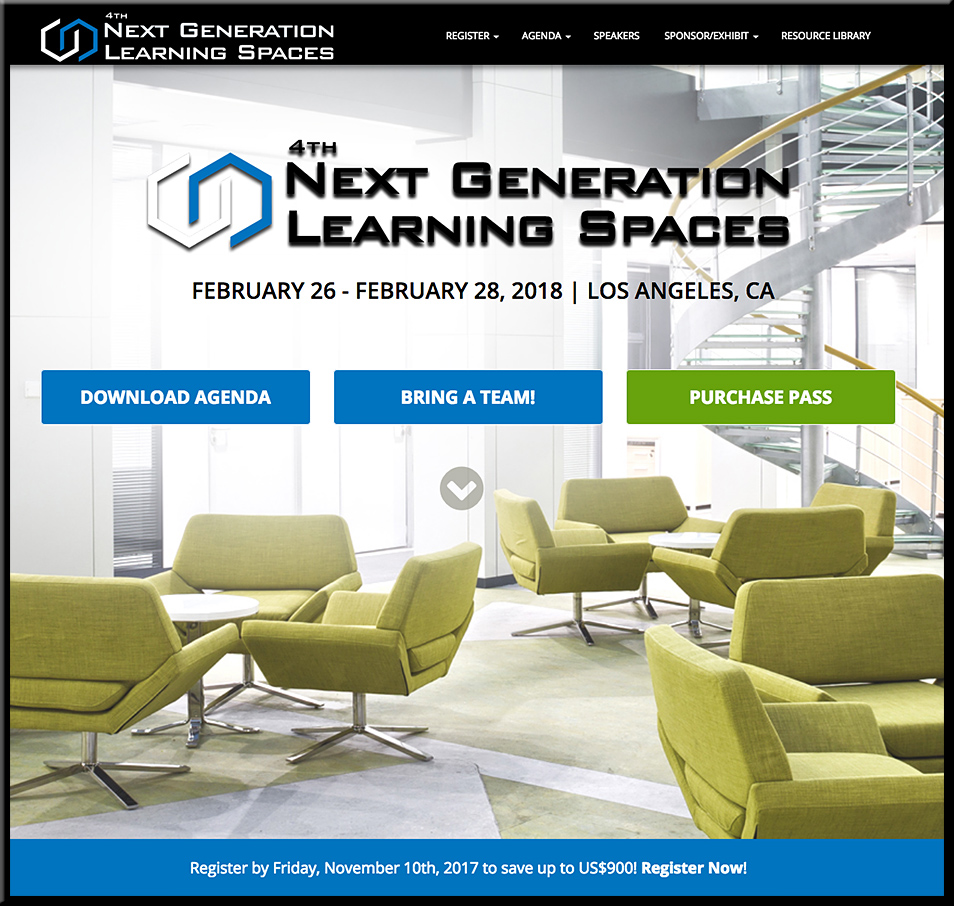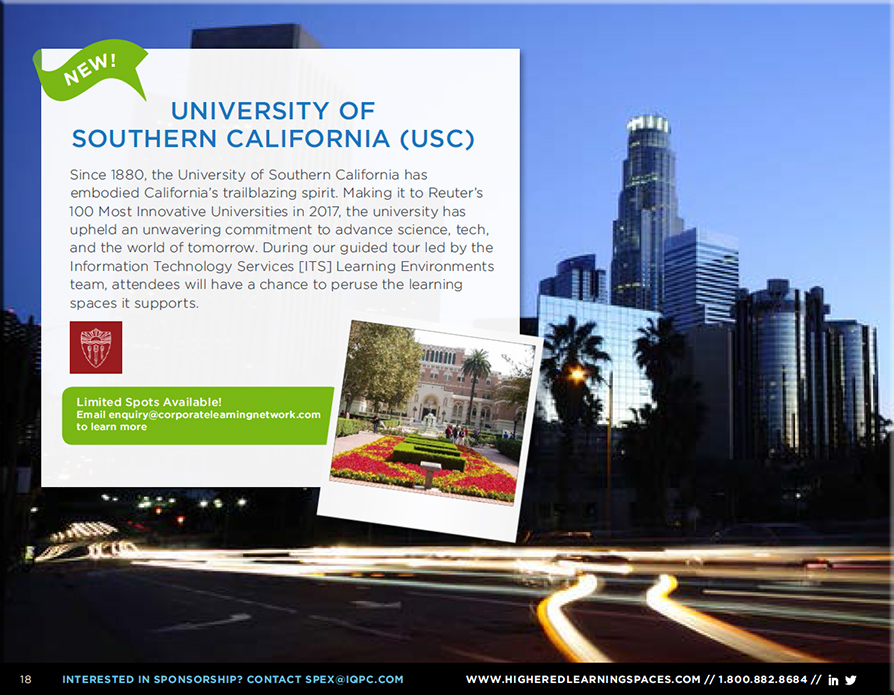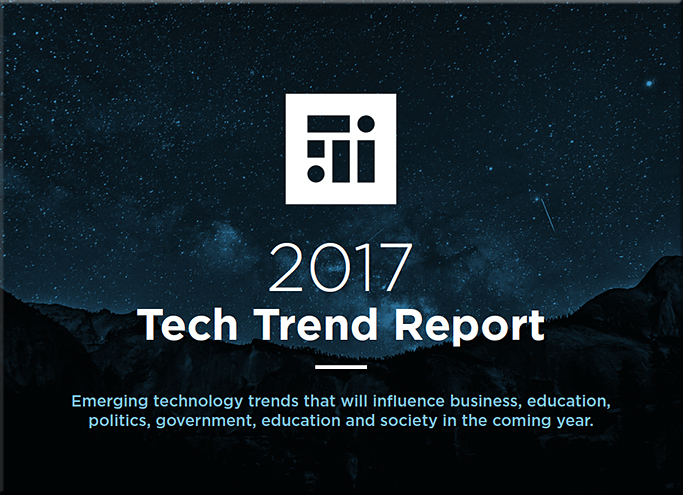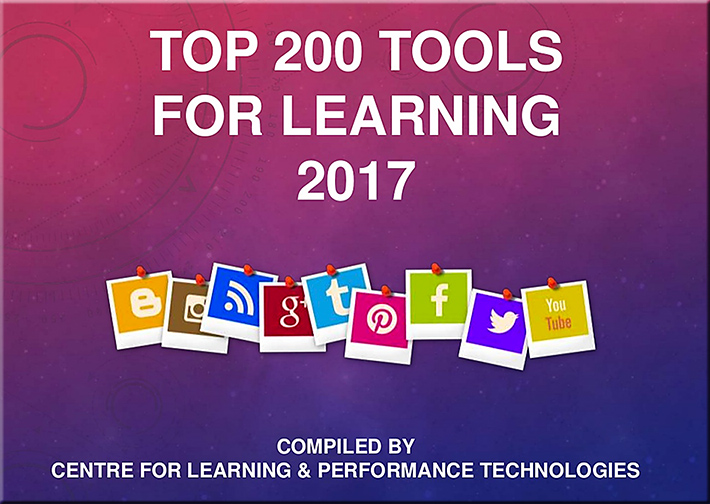Reimagining the Higher Education Ecosystem — from edu2030.agorize.com
How might we empower people to design their own learning journeys so they can lead purposeful and economically stable lives?
Excerpts:
The problem
Technology is rapidly transforming the way we live, learn, and work. Entirely new jobs are emerging as others are lost to automation. People are living longer, yet switching jobs more often. These dramatic shifts call for a reimagining of the way we prepare for work and life—specifically, how we learn new skills and adapt to a changing economic landscape.
The changes ahead are likely to hurt most those who can least afford to manage them: low-income and first generation learners already ill-served by our existing postsecondary education system. Our current system stifles economic mobility and widens income and achievement gaps; we must act now to ensure that we have an educational ecosystem flexible and fair enough to help all people live purposeful and economically stable lives. And if we are to design solutions proportionate to this problem, new technologies must be called on to scale approaches that reach the millions of vulnerable people across the country.
The challenge
How might we empower people to design their own learning journeys so they can lead purposeful and economically stable lives?
The Challenge—Reimagining the Higher Education Ecosystem—seeks bold ideas for how our postsecondary education system could be reimagined to foster equity and encourage learner agency and resilience. We seek specific pilots to move us toward a future in which all learners can achieve economic stability and lead purposeful lives. This Challenge invites participants to articulate a vision and then design pilot projects for a future ecosystem that has the following characteristics:
Expands access: The educational system must ensure that all people—including low-income learners who are disproportionately underserved by the current higher education system—can leverage education to live meaningful and economically stable lives.
Draws on a broad postsecondary ecosystem: While college and universities play a vital role in educating students, there is a much larger ecosystem in which students learn. This ecosystem includes non-traditional “classes” or alternative learning providers, such as MOOCs, bootcamps, and online courses as well as on-the-job training and informal learning. Our future learning system must value the learning that happens in many different environments and enable seamless transitions between learning, work, and life.
From DSC:
This is where I could see a vision similar to Learning from the Living [Class] Room come into play. It would provide a highly affordable, accessible platform, that would offer more choice, and more control to learners of all ages. It would be available 24×7 and would be a platform that supports lifelong learning. It would combine a variety of AI-enabled functionalities with human expertise, teaching, training, motivation, and creativity.
It could be that what comes out of this challenge will lay the groundwork for a future, massive new learning platform.
Also see:
- Office of Edtech Wants Help Making Sense of All Those Higher Ed Providers — from edsurge.com by Sydney Johnson









![The Living [Class] Room -- by Daniel Christian -- July 2012 -- a second device used in conjunction with a Smart/Connected TV](http://danielschristian.com/learning-ecosystems/wp-content/uploads/2012/07/The-Living-Class-Room-Daniel-S-Christian-July-2012.jpg)
